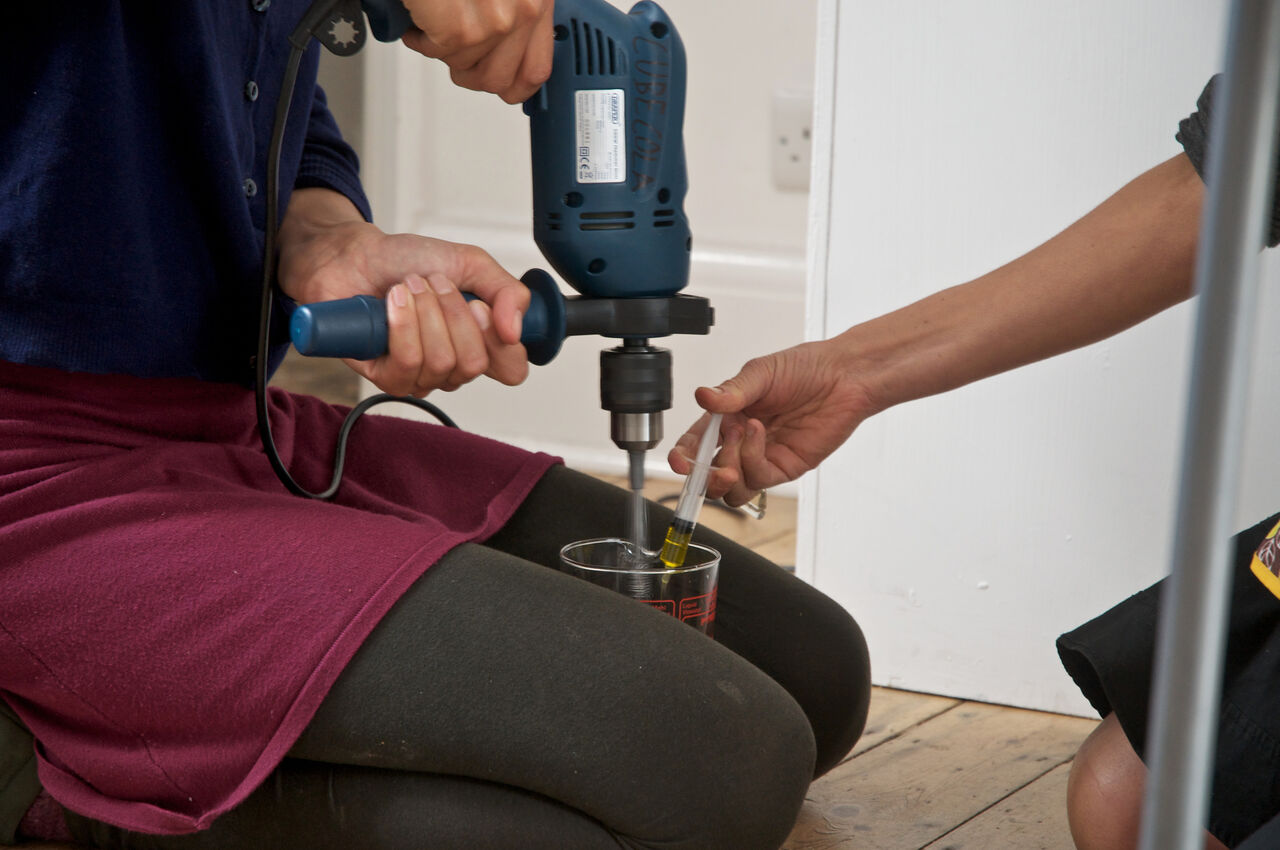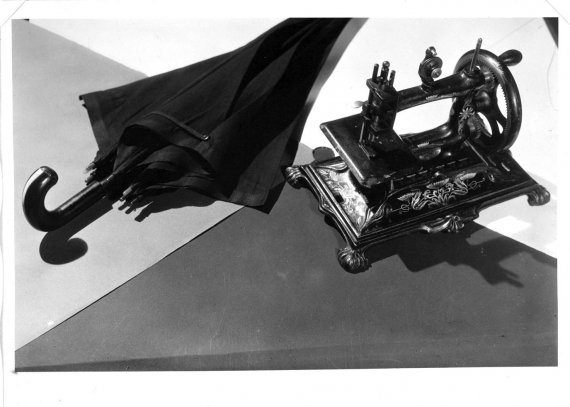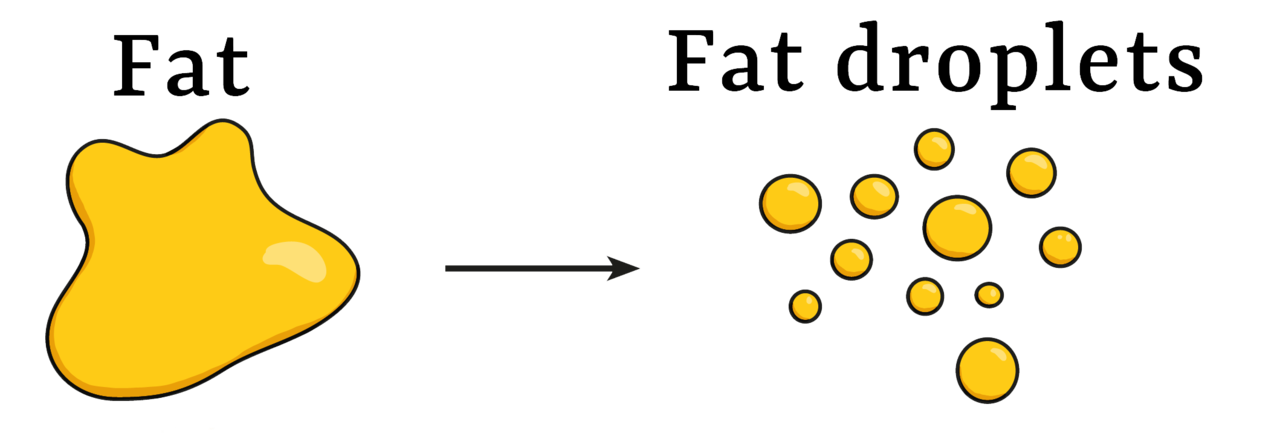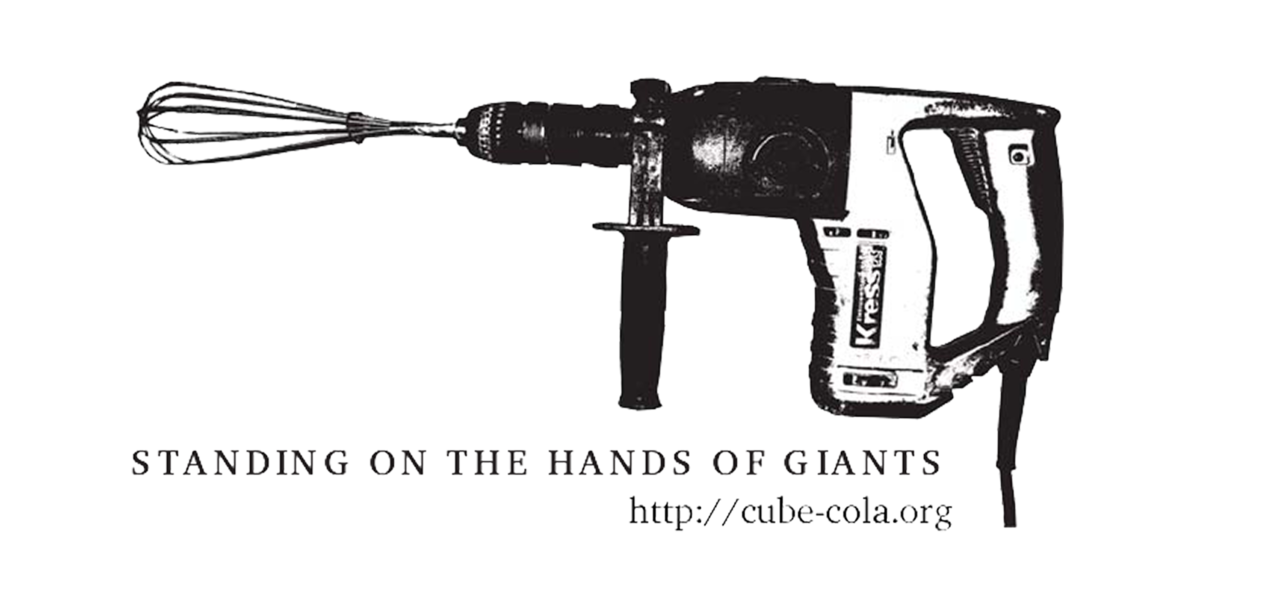Breaking Down the Economy
On emulsification, and how to act when all seems congealed.
Emulsification: a material practice and hands-on technology that allows incompatible substances, like oil and water, to mix. As a physical analogy, emulsification can also break down problematic masses of congealed associations — like “capitalism” and “the economy” — into more navigable, manageable states. This short essay ventures a claim for what thinking with materials can do, as an element of material, economic, and metaphorical transformation.

My own relationship with emulsification comes through lived experience, as part of the Cube Cola manufacturing partnership with Kayle Brandon. Since 2004, we have been producing our own cola, which we distribute worldwide as a concentrate and open source recipe. Emulsification is the heart of the cola-making process. The flavour oils that give the cola its taste are hydrophobic; left alone, they would float on the surface of your drink as an oily slick. Yet adding an emulsification agent (in our case, freeze-dried gum arabic from the acacia tree) and sufficient rotary force (a power drill with a kitchen whisk attached) produces an oil-in-water suspension, dispersing the oils throughout the water as tiny droplets. Nothing is substantively changed, yet emulsification enables a bunch of essential oils orange, lime, lemon, cassia, coriander, nutmeg, and lavender to come together in a form that can be transacted on the same stage as the world’s most-traded commodity drink. It is a transformative rearrangement.
 Emulsification can be operationalised without being industrialised. The gum “holds hands” with the oil and water, brokering a truce. Although it looks like a merger, it is not: in an oil-in-water emulsion, the substances agree to differ.
Emulsification can be operationalised without being industrialised. The gum “holds hands” with the oil and water, brokering a truce. Although it looks like a merger, it is not: in an oil-in-water emulsion, the substances agree to differ.
The capacity of your kitchen table to act as the factory of the future is also transformed. For us, gaining proficiency with emulsification in our Bristol kitchen-lab was a long process, helped along by the know-how of a slow slew of contributors, from colour scientists to cake bakers. Central to this endeavour was a revelation in relation to scale. ...and the question Does it Scale? To scale up the quantity of your recipe and still produce a stable, reliable emulsion, you also have to scale up your force. This is what industrial production would normally do, with bigger factories and machines to support an ever-increasing output. For us however, the sticking point is encapsulated by our own killer app — the drill whisk.


 The drill whisk, Cube Cola’s own invention, is substantially more beautiful (in our assessment) than the poetic device made famous by the Surrealist artists, “the chance meeting on a dissecting-table of a sewing-machine and an umbrella”, as a juxtaposition that reorders perceptions of reality. The critical difference with the drill whisk — its superpower — is its status as a working implement. Its reordering capacity goes beyond the realm of perception to the traction it exerts in the world, not just ways of seeing but new means of producing and trading.
The drill whisk, Cube Cola’s own invention, is substantially more beautiful (in our assessment) than the poetic device made famous by the Surrealist artists, “the chance meeting on a dissecting-table of a sewing-machine and an umbrella”, as a juxtaposition that reorders perceptions of reality. The critical difference with the drill whisk — its superpower — is its status as a working implement. Its reordering capacity goes beyond the realm of perception to the traction it exerts in the world, not just ways of seeing but new means of producing and trading.
Drills and whisks are widely available, but do not double or triple in size. The only way to produce more cola on your two-person production line is to add another drill whisk (and its operators), or extend the lab duration into extra time. More cups of tea, conversation topics, and snacks will be needed. Discarding the drill whisk for a more rational, scalable means of production would mean surrendering the iconic power of a ubiquitous technology (who doesn’t have a power drill?) whose image has helped transport our cola and its recipe around the world.
Beyond its capacity as an icon of DIY culture, Cube Cola performs on another level as “merch”: a tradeable item, distributed through online sales and gift economies to a diverse global audience of diabetics, environmental activists, rum-lovers, bar managers, kids, computer geeks, music venues, and allied drinks collectives. See Company Drinks and Comunità Frizzante, for example This is the power that materials hold: to traverse realms and areas of interest.
Which brings me to the third potential of emulsification: as a metaphor for action within seemingly congealed conditions — such as how to live and act in a capitalist economy.
 Emulsification, used to illustrate the process of breaking down a seemingly overwhelming mass into something more navigable
Emulsification, used to illustrate the process of breaking down a seemingly overwhelming mass into something more navigable
Doing emulsification produces a tangible realisation that we can break things down — including the apparition
of an economic “reality” that is both endless in scope and fixed in form.
Emulsification is something we learn at a material level, and can be improvised and applied at a human scale, using things already at hand. As an ordinary technology, familiar to anyone who has made a salad dressing, it points to ways to radically rethink the economy, with some basic tools and elbow grease.
